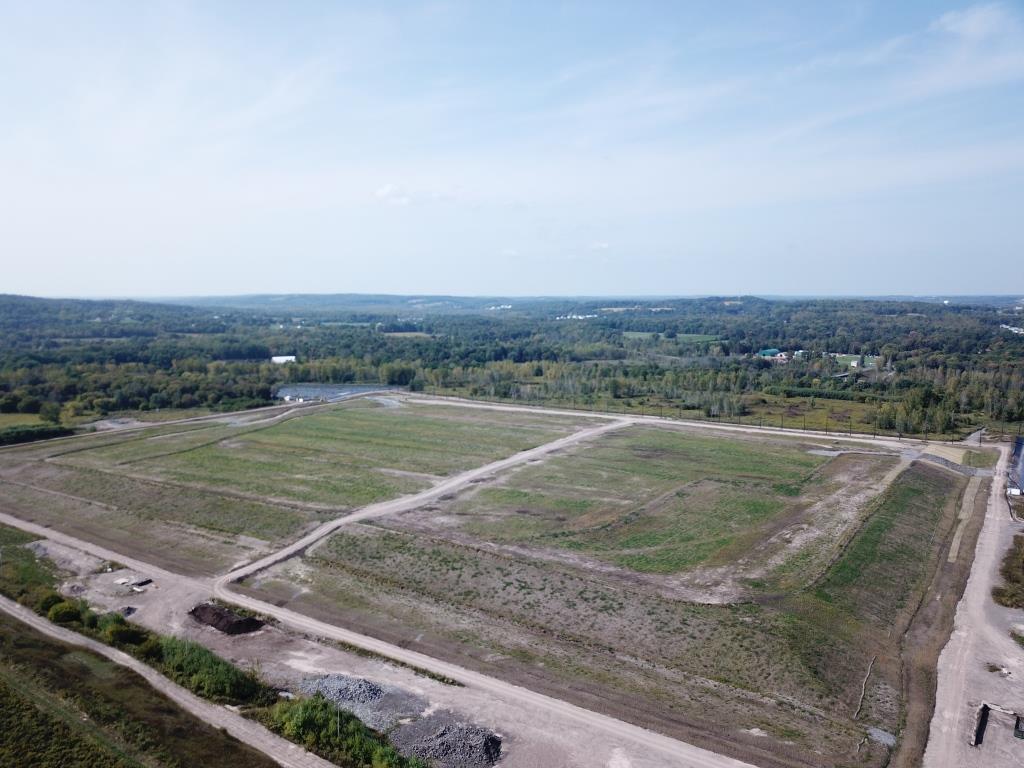 September 2017 - The cover system consists of several feet of soil and a sealed liner to permanently encapsulate the geotextile tubes. Native grasses have been planted over the entire area.
| 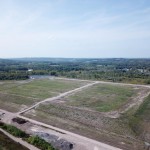 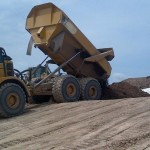 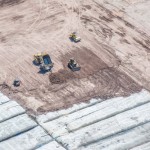 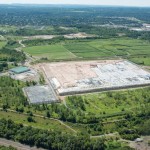 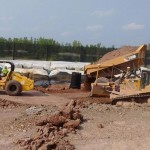 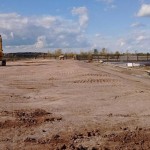 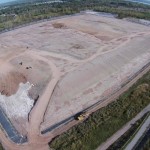 
|
At the lined consolidation area, designed to protect health and the environment, the dredged material was pumped into industrial-strength geotextile tubes made from permeable materials. A plastic liner and a natural clay layer serve as the bottom of the consolidation area. Geotextile tubes underwent extensive quality testing to ensure their effectiveness.
Water leaving the geotextile tubing is collected, treated on-site and, if needed, sent to the Metropolitan Syracuse Wastewater Treatment Plant and treated again to meet DEC standards before being returned to the lake. Construction of the consolidation area cover system is now complete. In 2016, a polyethylene liner and soil were put in place to permanently encapsulate the geotextile tubes. Vegetation was planted over the entire area. Honeywell worked in cooperation with local environmental and wildlife stakeholders to explore innovative ways to enhance the traditional vegetated landfill cover. Experts at SUNY-ESF and Audubon provided critical input on selection of perennial native grasses and vegetation, as well as best management practices to foster sustainability. The approximately 50 acres of restored habitat in the Onondaga Lake watershed are improving conditions for birds and other wildlife.
A comprehensive air monitoring program was developed in coordination with DEC, EPA, and DOH to ensure that air quality meets government standards for the site. Substantial efforts have been undertaken to minimize odors. For more information, see here.
For more news about this cleanup area, click here.





